Transform Your Energy Savings: The Rising Impact of LED Solar Technology on Sustainable Homes
In recent years, the integration of LED solar technology has emerged as a pivotal player in the quest for sustainable homes, driving significant energy savings and reducing carbon footprints. According to a 2022 report from the International Energy Agency (IEA), the adoption of LED lighting, combined with solar energy solutions, can reduce residential energy consumption by up to 70%. As homeowners increasingly seek eco-friendly options, LED solar systems not only enhance energy efficiency but also contribute to lowering electricity bills and promoting self-sufficiency. The Solar Energy Industries Association (SEIA) noted that the U.S. solar market grew by 20% in 2021, with LED solar installations accounting for a substantial share of this growth. By harnessing the power of LED solar technology, homeowners can transform their energy savings and lead the way toward a more sustainable future.
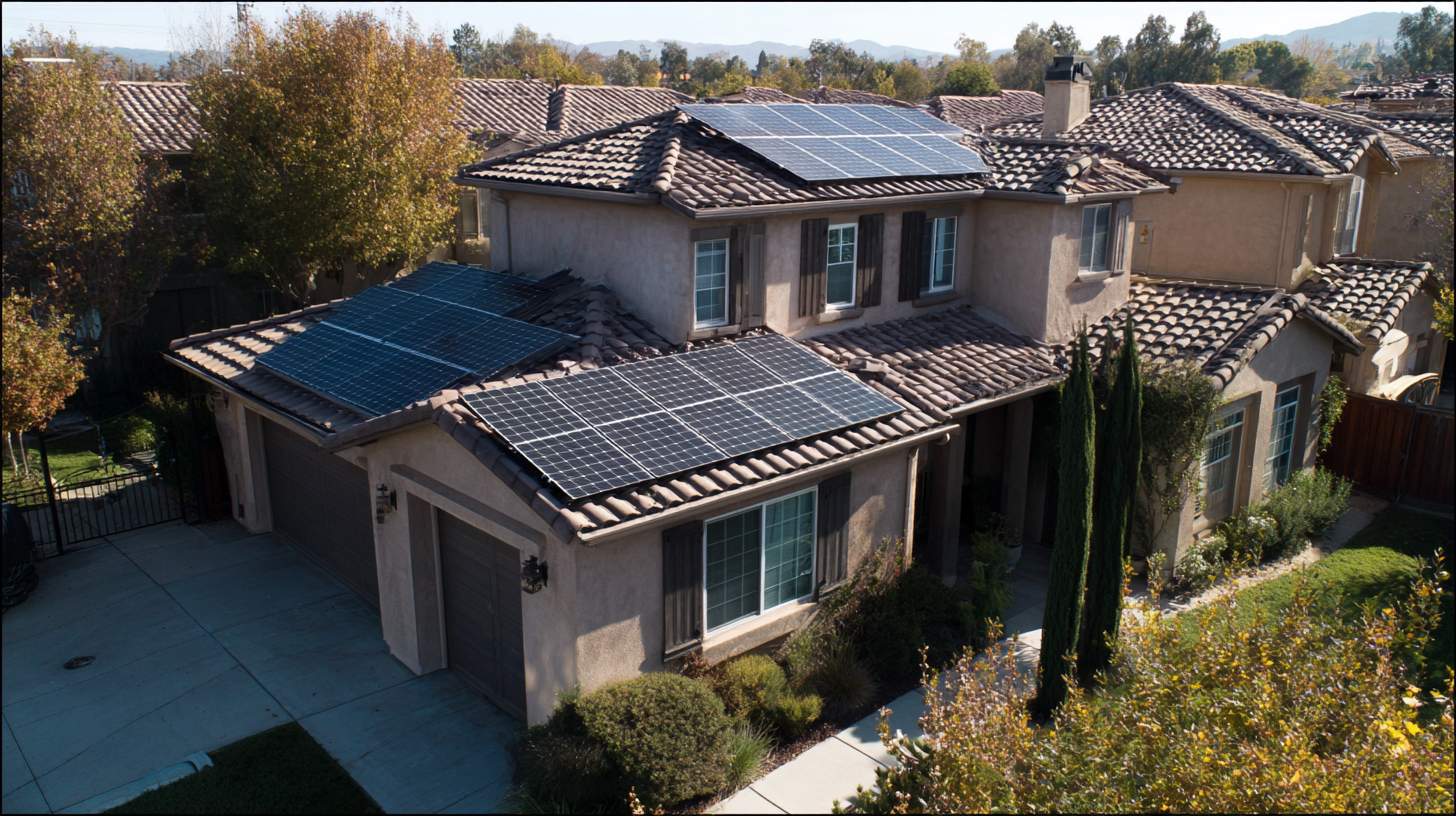
Understanding the Basics of LED Solar Technology for Homes
LED solar technology combines the benefits of solar energy with efficient lighting solutions, creating a powerful tool for sustainable homes. In 2023, the U.S. solar power generation reached unprecedented levels, highlighting a decade-long trend toward renewable energy adoption. This integration of LED technology not only reduces energy consumption but also enhances the efficiency of solar installations. Homes equipped with LED lighting can significantly decrease electricity usage, with some studies indicating savings of up to 80% compared to traditional lighting solutions.
Tips for maximizing energy savings include investing in solar-powered LED fixtures for outdoor spaces, which can provide illumination without increasing electricity bills. Additionally, consider installing solar energy storage systems that allow homeowners to utilize energy even when sunlight is unavailable, ensuring continuous power supply.
Understanding how solar energy works is crucial for homeowners looking to embrace this sustainable technology. Solar panels convert sunlight into electricity, which can power lighting, appliances, and other household needs. By pairing solar power with LED technology, homes not only become more energy-efficient but also contribute to a larger goal of reducing carbon emissions and combating climate change.
Evaluating the Cost-Benefit of Transitioning to LED Solar Solutions
Transitioning to LED solar technology not only enhances energy efficiency but also contributes significantly to sustainable living. As the costs of renewable energy solutions decline, the financial viability of LED solar systems becomes increasingly attractive. The "green premium" associated with eco-friendly technologies is diminishing, making these solutions more competitive compared to traditional fossil fuels. This evolution presents a compelling case for homeowners and businesses alike to invest in LED solar technology, harnessing both cost savings and environmental benefits.
Tips: When considering the transition to LED solar solutions, start by conducting a thorough energy audit of your home. This will help identify areas where savings can be maximized. Additionally, look for local grants or incentives—such as those aimed at underserved communities—which can offset initial costs and enhance your return on investment. Furthermore, engage with solar energy experts to tailor a solution that best fits your energy needs.
By investing in LED solar technologies, you are not only reducing your carbon footprint but also participating in a broader movement towards sustainable energy practices. With various funding opportunities available, like the recent grants awarded by the EPA, the transition has never been more feasible. Embracing these advancements promotes not only individual savings but also a collective impact on the environment, driving a successful energy transition for all.
Integrating LED Solar Systems into Your Home's Design
Integrating LED solar systems into home design is becoming increasingly popular as homeowners seek sustainable solutions that enhance both energy efficiency and aesthetics. According to a report by the U.S. Department of Energy, homes equipped with LED lighting can save approximately 75% more energy than traditional incandescent bulbs. When paired with solar technology, these savings can multiply, particularly in regions with abundant sunlight. An EnergySage study indicates that solar panel installations can reduce electricity bills by up to 70%, making them an attractive option for eco-conscious residents.
The seamless integration of LED solar systems not only contributes to lower energy costs but also complements modern architectural styles. With advancements in technology, solar panels have become sleeker and more visually appealing, allowing them to blend seamlessly into various designs. A recent survey by the National Renewable Energy Laboratory suggests that homes equipped with solar energy systems may see property values increase by nearly 4%, indicating that the investment is not only good for the environment but also beneficial for homeowners' financial portfolios. By thoughtfully incorporating these technologies into their designs, homeowners can create a sustainable living space that reflects their values while reaping significant economic benefits.
Impact of LED Solar Technology on Energy Savings in Sustainable Homes
This chart illustrates the projected energy savings for homes integrating LED solar technology over five years. The data shows a significant increase in energy savings as more households adopt these technologies.
Maximizing Energy Efficiency with Proper LED Solar Placement
The strategic placement of LED solar technology plays a crucial role in maximizing energy efficiency in sustainable homes. By harnessing the power of sunlight through photovoltaic panels, homeowners can significantly reduce their energy consumption. To enhance the effectiveness of these systems, it’s essential to position solar panels in areas with optimal sun exposure, such as rooftops that face south and are free from shade. This ensures that the panels receive maximum sunlight throughout the day, converting solar energy into electricity with high efficiency.

In conjunction with proper placement, integrating LED lighting into these energy-efficient homes further amplifies savings. LED lights consume significantly less energy than traditional incandescent bulbs and have a longer lifespan, which reduces both electricity bills and maintenance costs. By employing LEDs in conjunction with strategically placed solar panels, homeowners can create a synergistic effect that maximizes their energy savings. This combination not only supports a more sustainable lifestyle but also enhances the home’s overall efficiency, making it a smart investment for the future.
Exploring Government Incentives for LED Solar Home Upgrades
As the push for sustainable living gains momentum, governments around the world are introducing a variety of incentives to encourage homeowners to adopt LED solar technology. These initiatives are designed to reduce reliance on traditional energy sources while promoting environmentally friendly practices. Tax credits, rebates, and grants are often available to cover the upfront costs of solar panel installations and LED upgrades, making it more feasible for homeowners to invest in energy-efficient systems.
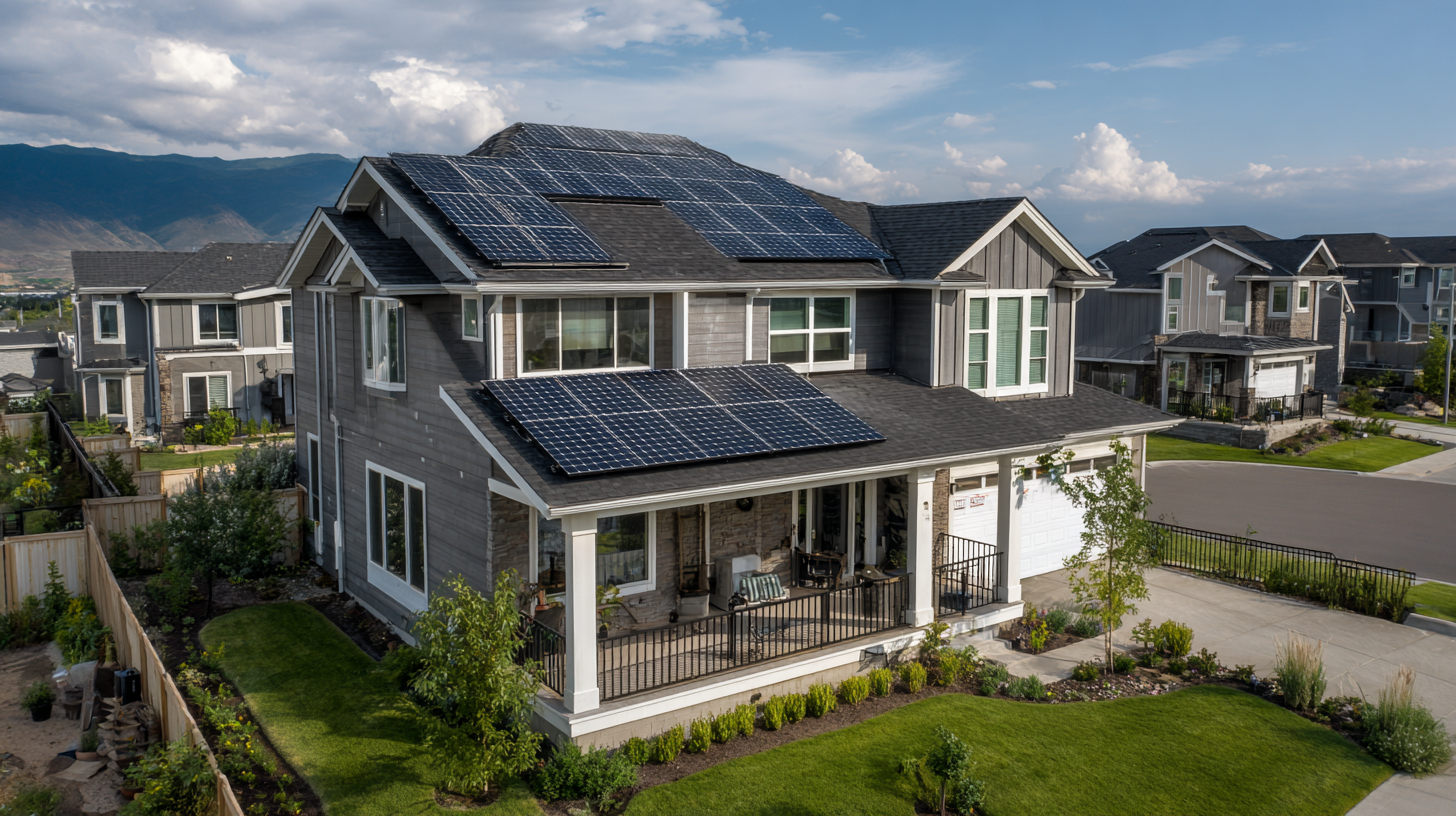
In addition to direct financial incentives, many local governments are implementing programs that simplify the process of transitioning to LED solar technology. These may include streamlined permitting processes and partnerships with solar installation companies that offer discounted rates. By lowering the barriers to entry, these initiatives not only promote sustainable homes but also contribute to the growth of the renewable energy sector, ultimately leading to a more sustainable future for communities. With the right support, homeowners can significantly transform their energy use and embrace a greener lifestyle.
Related Posts
-
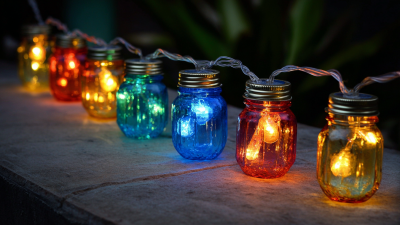
Illuminate Your Outdoors with Solar LED Lights for a Sustainable Lifestyle
-

Uncovering the Benefits of LED Solar Technology for Sustainable Living
-

Unleashing the Power of the Sun: How Solar Powered Lights Transform Outdoor Spaces
-
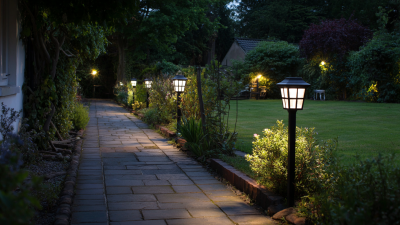
Illuminate Your Outdoor Space Discover the Benefits of Using Solar Post Lights for Your Garden
-

illuminate your driveway at night with stylish and efficient solar driveway lights
-
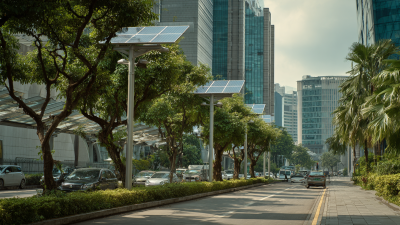
The Future of Urban Lighting Exploring the Benefits of Solar Street Light Technology
